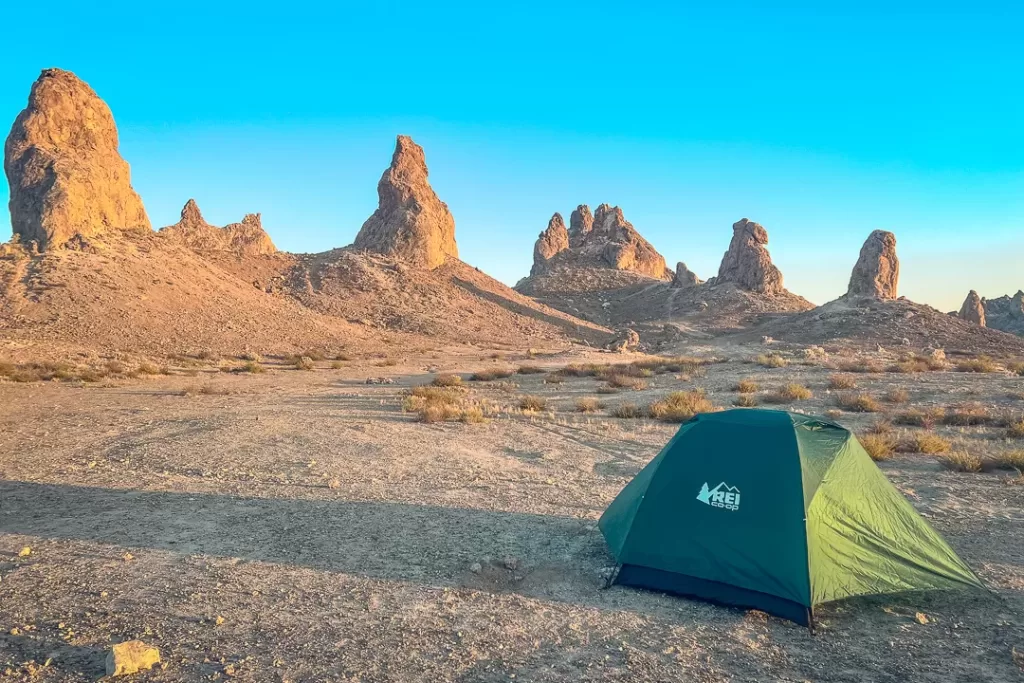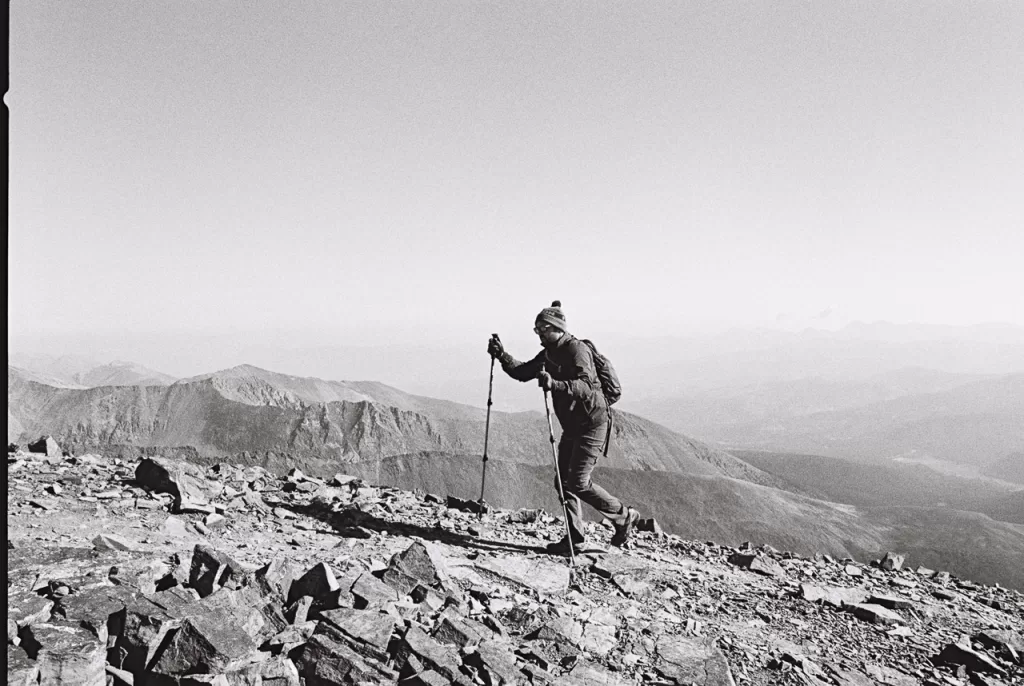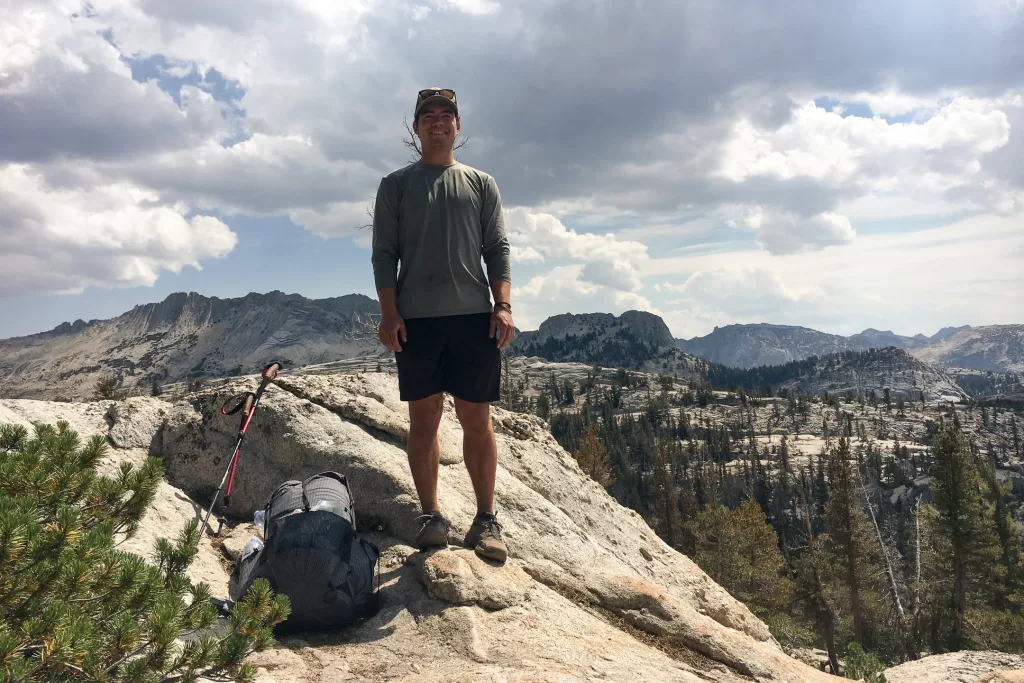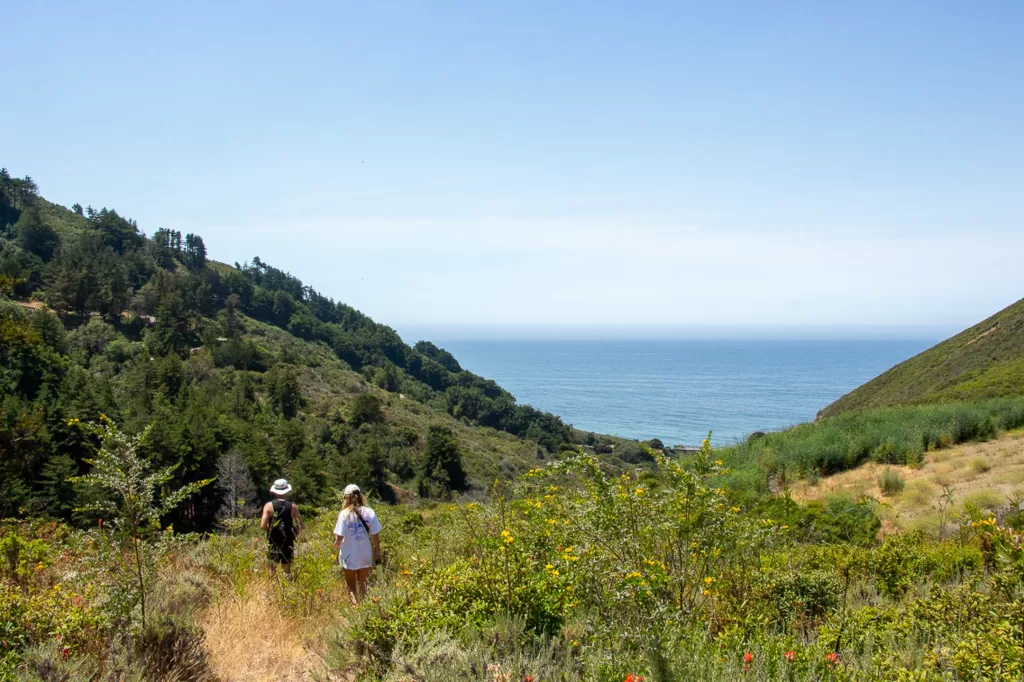From breathtaking wide-open views to stunning rust-colored landscapes to unbelievably starry nights, camping in the desert is a magical experience. However, this environment is also harsh and unforgiving, especially for the unprepared. To avoid common pitfalls, here are seven nuggets of knowledge to help you have a successful and memorable trip.
Water, Water, Water
It’s no surprise that water is scarce in the desert. Even if you’re by a reliable water source, it’s important to bring your own just in case. Pack at least one gallon of water per day for drinking, plus extra for cooking, washing, and personal hygiene.
When I’m out spending a weekend camping in the desert, I usually bring a few 2.5-gallon water jugs with me. They transport well, are very easy to use, and any unopened ones can be stored at home until your next adventure. For a more environmentally friendly system, you can purchase a reusable water jug, like this seven-gallon container. Bottom line, err on the side of overpacking water – you’d much rather have too much than too little.
Weather Considerations
Deserts are often thought of as hot, dry, and empty places. But this is only half the story. It’s true that these landscapes receive little water – by definition 10 inches or less of precipitation a year. However, desert weather can vary widely depending on when you visit. Summer days can often soar well past 100°F, while winter nights can drop below freezing. And throughout the day, large temperature swings are common. Aim to visit during the spring or fall for the most mild weather.
While rare, extreme weather events such as sand storms and flash floods are also a possibility. Make sure to check the forecast and any warnings before you go, so you can be the most prepared for your time in the desert! My favorite weather resource when exploring the outdoors is NOAA’s National Weather Service website. It gives accurate and detailed forecasts, and its map tool allows you to hone in on exactly where you’ll be exploring.
The Art of Layering
Because weather fluctuations are common in the desert, it’s important that you pack appropriate clothes, especially when temperatures drop. A good technique to practice is a three-part layering system, which includes a base, mid, and outer layer.
To keep your core temperature from cooling, your base layer should hug your skin and easily wick away moisture. Good materials include polyester or merino wool. Next is your mid layer, designed to insulate and keep you warm. A fleece or a lightweight jacket works well. Finally, add your outer layer, which will keep you protected from the elements. Because deserts are often very windy, a good windbreaker will serve you especially well.
By implementing layers into your camping wardrobe, you’ll be better prepared for whatever weather the desert will throw at you.
Creatures of the Desert

Snakes, scorpions, and spiders are just a few of the critters you could run into while camping in the desert. It’s important to familiarize yourself with the different living creatures you might find, as well as safety precautions and relevant first aid skills. A few best practices include shaking out your shoes before wearing them, taking caution when lifting stones and other objects, and keeping your tent zipped up at all times.
Options When Camping in the Desert
There are generally two styles of camping you can choose from when visiting the desert.
First is to stay at an established campground, or an area designated specifically for camping. They often include amenities such as fire rings, picnic tables, potable water, and bathrooms. While this option is easier and more family-friendly than dispersed camping, sites at popular destinations can fill up quickly and often need to be reserved months in advance. Head to my resource on securing popular campground reservations if this choice makes the most sense for you.
For a more rugged experience, you can try your hand at dispersed camping, which involves tenting outside of a designated camping area. This option takes additional skill and self-reliance. You won’t have the same infrastructure as at an established campground – it’s just you and the land. However, it has its perks. It’s free, which is great for budget-friendly travelers. You also likely won’t have anyone around which means plenty of opportunities for peace and solitude. Finally, most deserts on government-managed land have few dispersed camping restrictions and you’re free to set up your campsite almost anywhere. Just make sure to call a ranger or become familiar with official guidelines before heading out.
Explore Smartly and Safely
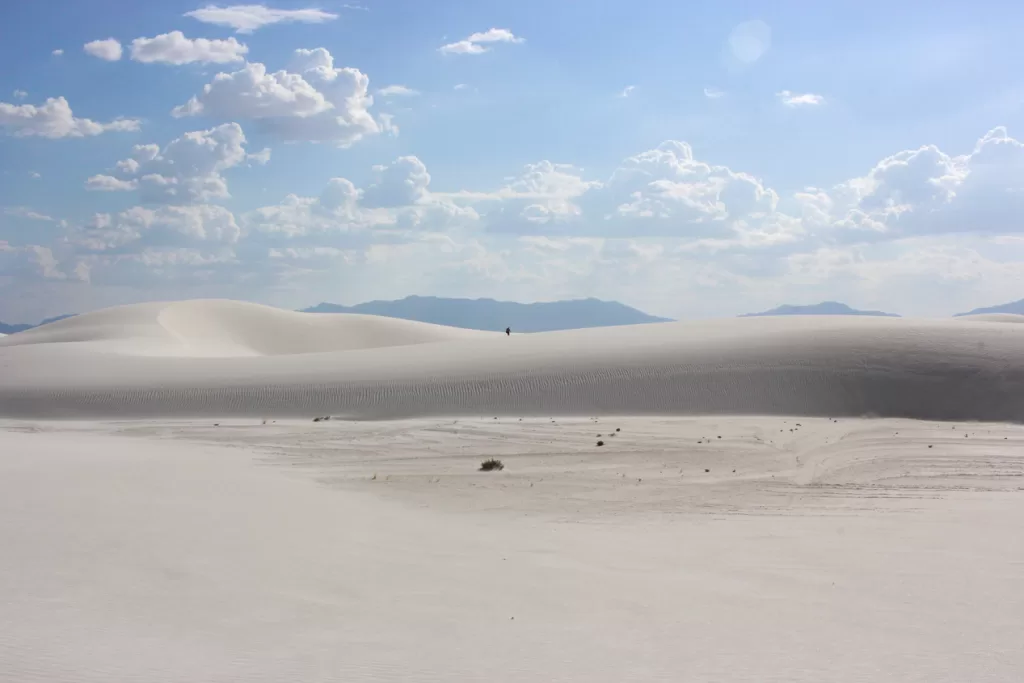
The desert is a harsh but beautiful place. Here are a few tips to keep in mind when out exploring.
Avoid hiking or rigorous activities as much as possible during the hottest part of the day, especially during the summer months. Additionally, be sure to have adequate protection from the sun, including hats, sunscreen, and sunglasses.
I’ve mentioned it before but stay up to date on the latest weather forecasts, especially if you’re exploring places prone to flooding like slot canyons. Fast-moving water and debris can quickly fill these natural wonders and spell disaster for anyone inside. Stay out of these canyons if there are thunderstorms or rain in the forecast. Better yet, reach out to a local ranger station to get the most up-to-date information and advice.
Finally, make sure to have multiple forms of navigation, including a physical map and compass (as well as knowledge of how to use them), especially if you decide to stray from a defined path. That way, if your electronics fail you still can figure out where you are and where to go.
Remote Wilderness

One of the appeals of camping in the desert is how remote the landscape is. To stay safe and have the most enjoyable time, you’ll want to take a few extra precautions.
Fill up on gas often – I’ve driven along roads with 50+ mile stretches between stations! It’s also smart to have a spare tire and an emergency kit just in case things do go wrong.
There also likely won’t be cell reception for some or all of your time in the desert. Devices with satellite capabilities such as newer iPhones or the Garmin inReach Mini 2 are good to have as an added layer of safety.
Finally, leave your itinerary with a loved one as well as a contingency plan in case they fail to hear from you within a predetermined amount of time.
Respect the Desert
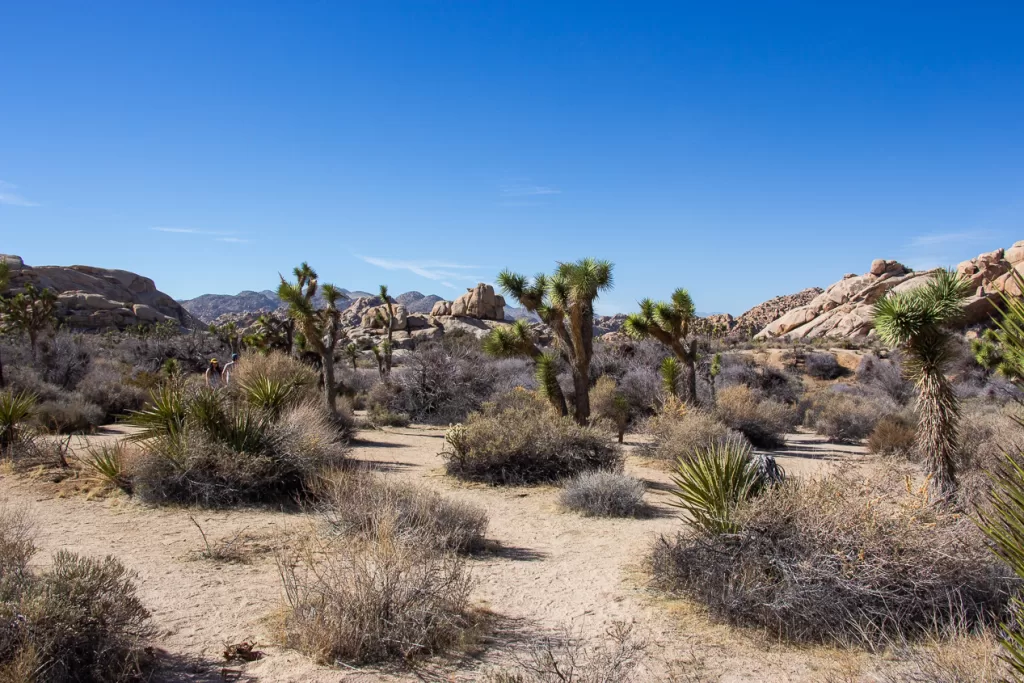
You’re only visiting the desert for a short time, so respect the land to keep it pristine for both future visitors and the plants and animals that call it home. First and foremost, follow any posted rules and regulations. Additionally, try to pitch your tent where others have in the past to avoid additional impact. Follow fire restrictions, pack out what you packed in, and leave your campsite better than you found it. When out exploring, try to stay on established trails to avoid disturbing any sensitive habitats, like biological soil crusts often found in the desert. And as always, leave no trace.
When done right, camping in the desert is the perfect way to connect with the outdoors. For inspiration on your next adventure, read about our recent trip to Anza-Borrego Desert State Park or contact us! We are here to give you the tools, resources, and moral support to connect with nature. We look forward to helping you live your dream outdoor life!

